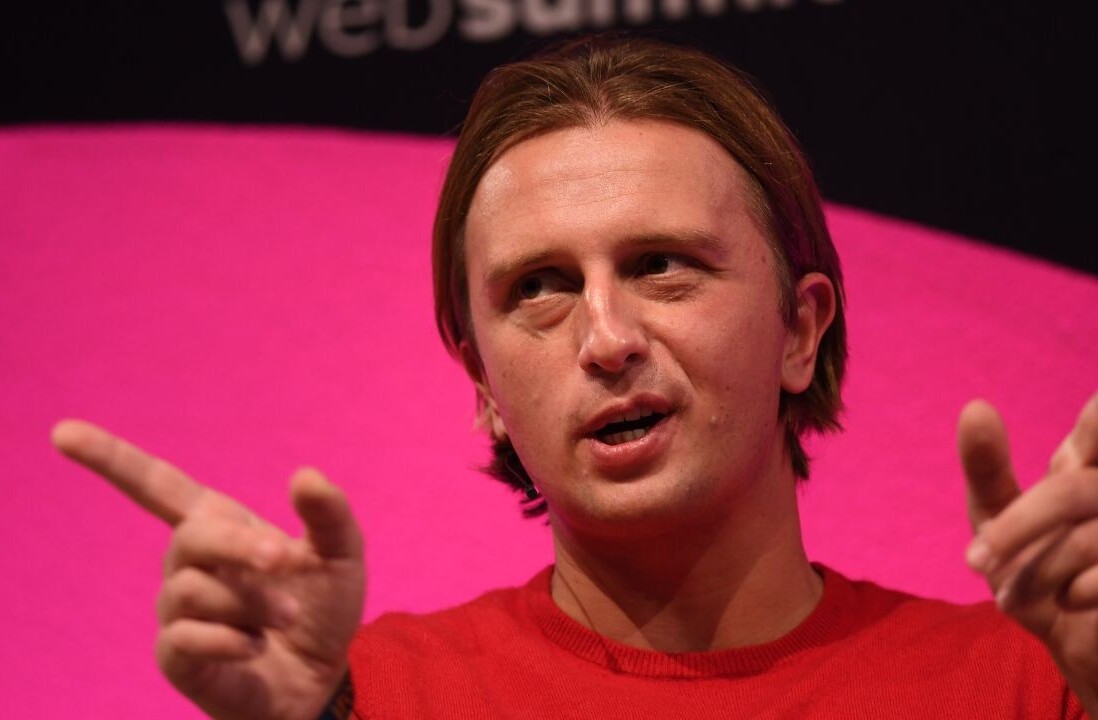
With yesterday’s addition of Zcash (ZEC), popular exchange service Coinbase has more than doubled its cryptocurrency lineup in 2018 – and by the looks of it, the trend is here to stay.
Up until August, Coinbase supported a narrow inventory of cryptocurrencies on its flagship desktop and mobile apps, including Bitcoin (BTC), Ethereum (ETH), Litecoin (LTC), and Bitcoin Cash (BCH), the last one of which was added last December.
But this year alone, Coinbase has already bumped its offering with five new currencies: Ethereum Classic (ETC), 0x (ZRX), Circle’s dollar-pegged USD Coin (USDC), Brave browser’s Basic Attention Token (BAT), and Zcash.
Indeed, all of these tokens made their way to the platform in the latter half of 2018, with four of these added in the last two months alone.
The trend is here to stay
The exchange desk, which previously employed a rather selective listing fee, opened up its application procedure to pretty much any token in the space back in September.
In response, cryptocurrency enthusiasts flocked to mercilessly troll Coinbase on Twitter. But despite the vicious ridicule, it seems cryptocurrency firms are taking advantage of the new listing policy.
Meanwhile, skeptics voiced concerns the move essentially signals the exchange’s plans to expand into offering security tokens – once regulators have actually worked out what defines a “security” in the context of cryptocurrencies.
Of course, Coinbase’s aggressive listing expansion comes as no surprise to cryptocurrency insiders, especially in light of its intention to explore a range of assets – more than 40 in count – for its Custody service.

In July, the exchange desk also shared a shortlist of cryptocurrencies it was considering adding to its flagship desktop and mobile apps.
Three out of the five assets discussed – namely, Basic Attention Token, Zcash, and 0x – have made its way to the service. The other two, still-unlisted assets were Cardano (ADA) and Stellar’s Lumens (XLM).
Coinbase and the regulators
The San Francisco-based exchange has long been eyeing the addition of cryptocurrencies, which could be considered securities. Indeed, despite numerous rumors of insider trading at Coinbase, the company has remained focused on this vision.
A few months back in July, Coinbase told Bloomberg it got the blessing of the US Securities and Exchange Commission (SEC) to close a trio of acquisitions that could allow the company to facilitate the trade of security tokens.
Buying out Keystone Capital, Venovate Marketplace, and Digital Wealth purportedly provided the exchange with the necessary licenses to operate as a broker dealer, an alternative trading system, and a legitimate investment advisor.
“Being approved to take ownership of these licensed entities is one more step toward our ultimate goal of allowing our customers to trade securities tokens on our platform,” Coinbase communications director Elliott Suthers told Bloomberg, with regards to the acquisitions. “There are many more steps and conversations needed with regulators before this journey’s complete.”
Days later, the company had flipped the script, claiming the SEC had nothing to do with the buyout. Not only that, Coinbase said it never needed SEC’s blessing for the acquisition – or for listing tokens that could be considered securities.
“It is not correct to say that the SEC and FINRA approved Coinbase’s purchase of Keystone because SEC was not involved in the approval process,” Coinbase VP of communications Rachael Horowitz explained to Bloomberg. “SEC’s approval is not required for the change of control application.” Industry insiders were quick to second Horowitz’s claim.
The writing’s on the wall
In the meantime, Coinbase has been putting in serious efforts to push cryptocurrency mainstream adoption – and ease potential customers into feeling more comfortable with the concept of trading and HODLing.
In July, the exchange desk launched cryptocurrency gift cards so users can spend their crypto-riches in select malls and shopping areas in Italy, Spain, France, the Netherlands, the UK, and Australia. Weeks later in August, Coinbase rolled out a plugin designed to make it easier for online retailers to accept cryptocurrency.
In September, the company unveiled new crypto-bundles and discovery tools built to help newbies explore cryptocurrencies, get more familiar with the technology underpinning them, and perhaps make their first investment. But really, these tools made it dangerously easy to buy cryptocurrencies, which are associated with high risk and volatility.
Coinbase surely didn’t make these moves in vain – rather, it seems this was a carefully executed growth strategy on their behalf.
With this in mind, we shouldn’t be surprised with the exchange’s rapid expansion into altcoins. Instead, we should be asking ourselves one thing: what cryptocurrency’s up next?
Get the TNW newsletter
Get the most important tech news in your inbox each week.




